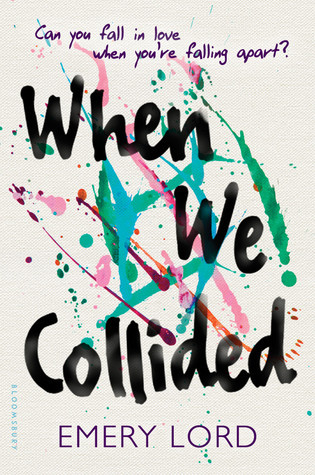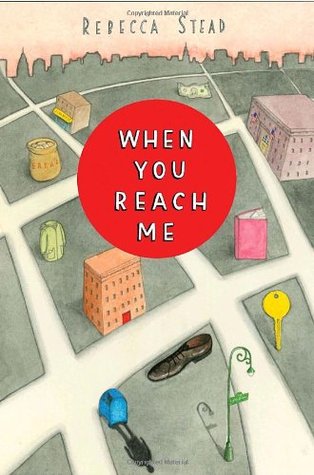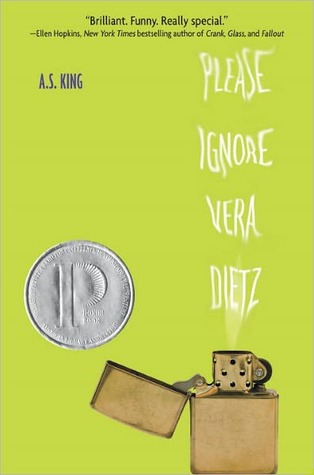
Set in Verona Cove, California, Vivi and Jonah collide in the best way- and they truly fall in love despite the brokenness that they both experience. When they meet at a local pottery shop, it's only the beginning of a love that will move you as you read their story.
Jonah is broken by the the sudden death of his father, a restaurant owner. His mother is grief-stricken at this loss, and that has left him and his siblings to keep up with the restaurant. As Jonah deeply mourns the passing of his father, he begins to express his emotions through cooking. Vivi is the new girl in town, and she has a zest for life that is contagious and likable, but she is also fighting some demons of her own.
I love that this story explores what makes us human, and digs into the depths of living with mental illness. Vivi's character is attempting to live with bipolar disorder, and despite her efforts, we see the struggles that her mental illness presents in every situation. Meanwhile, Lord tenderly addresses Jonah’s grief and his mother’s depression. Vivi and Jonah's story is a uncommon one that begs the question, is love enough? What happens when it's not?
The strength of this story was the unconventional love story between Vivi and Jonah, and the tender way that Lord addresses living with mental illness. It is an excellent book to help readers understand mental illness, and build empathy for those around them that deal with it. It's not a typical love story, and truthfully, it's not very romantic. It's real and raw and unique and sad... and that's what pulled me in.
If you enjoyed this book, you may enjoy checking out Emery Lord's website, https://www.emerylord.com/, or following her on twitter @emerylord.




















